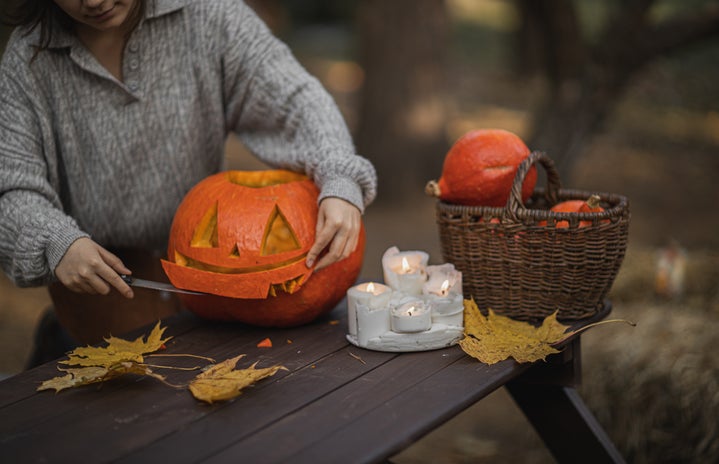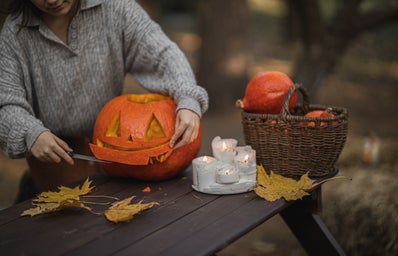In the modern world, Halloween is one of the most beloved times of the year. It allows people to dress up, become someone else and let loose after the stress of everyday life. For families, it is a night full of joy and laughter as children dress up as their favourite superheroes or villains and go out trick-or-treating to earn bountiful buckets of candy to keep them hyper until the end of the year.
Today, the origins of Halloween have all but been forgotten. Although many Halloween traditions still remain – trick or treating, apple bobbing, pumpkin carving – they are not the same as they once were. The original concept of Halloween has been completely erased and replaced.
Halloween dates back over 2000 years ago when it was not a commercial holiday created by advertising companies to increase their profits, but rather a Celtic celebration of a successful harvest and the end of the summer. This religious pagan tradition was known as the festival of Samhain in which it was believed that the veil between this world and the other was at its weakest. They thought that the souls of the dead travelled back to the realm of the living for this one night each year to haunt them. To hide themselves from the evil spirits, the pagans wore masks and other disguises to avoid being spotted by the ghosts. They also lit bonfires to drive them away and ward them off for another year. This celebration was forbidden by some, but nonetheless the spirit of Halloween persisted and persevered. In the 1800s, the early American colonists developed upon the festival and integrated some elements of Halloween. Thus began the long journey of what modern day Halloween became.
The traditions that existed 2000 years ago still exist today but have changed drastically. Apple bobbing has a romantic background – it was used as a courting ritual where young men and women would predict their future relationships based on the game (essentially, an archaic dating app). Trick-or-treating evolved from being charity donations for struggling people to becoming holiday pranks from children, and finally to the joyful experience it is nowadays. Similarly, costumes went from saint tributes to dressing up as a favourite fictional character or famous actor. The most bizarre change in tradition is Jack-o’-Lanterns. The classic Halloween tradition with pumpkins actually started out as carving turnips in Ireland! Locals began carving scary faces in turnips to frighten away evil spirits. These annual traditions have deep roots in history that are rarely considered or broadcasted and have changed dramatically over the centuries to suit modern-day society.

